Healthcare Demand and Supply Midterm 1
1/202
There's no tags or description
Looks like no tags are added yet.
Name | Mastery | Learn | Test | Matching | Spaced |
|---|
No study sessions yet.
203 Terms
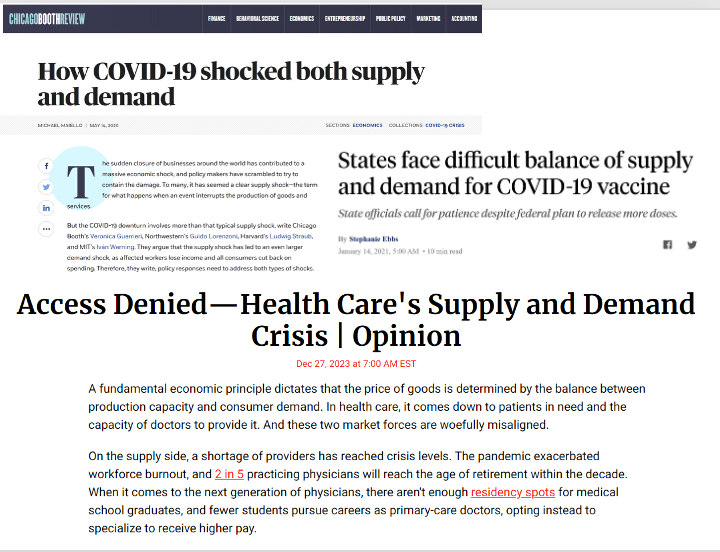
COVID-19 exposed and worsened health care’s supply-demand imbalance, with too few providers and resources to meet rising patient needs; but pretty sure slide is just emphasizing significance of healthcare supply and demand
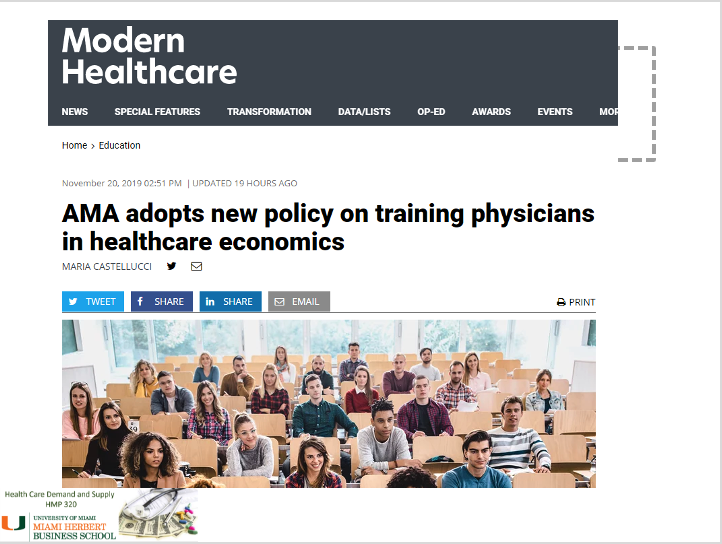
showing how important healthcare economics is becoming as American Medical Association is willing to implement it in trainings
Why does American medicine still rely so heavily on fax machines?
Misunderstood economics and lack of interoperability in electronic health records (EHRs) kept faxes dominant despite digitization.
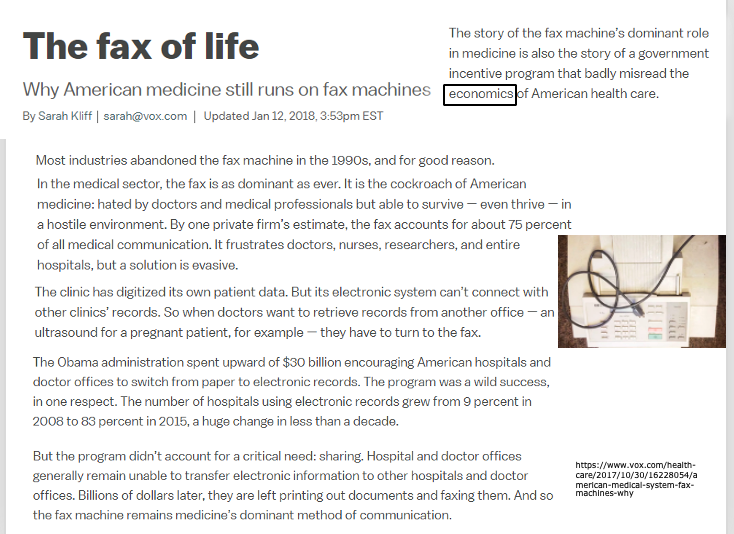
Is the US the only country still using fax machines in health care?
No—countries like the UK’s NHS also relied heavily on faxes until bans pushed for secure digital alternatives.
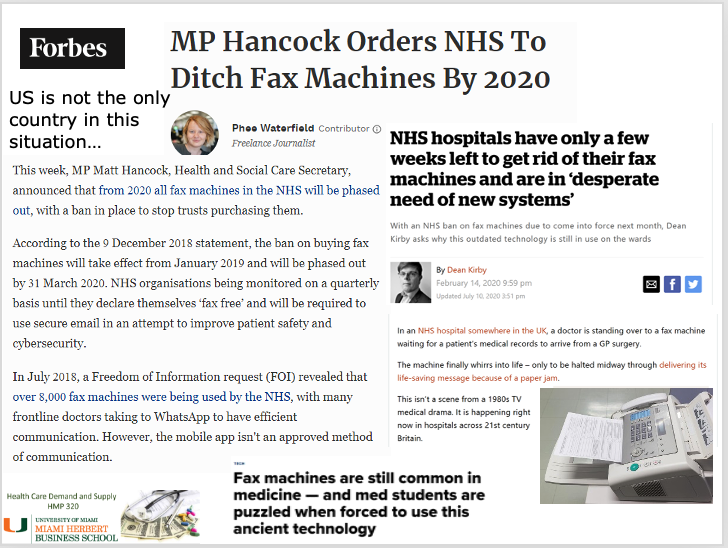
Why does the NHS still use fax machines in 2024 despite modern technology?
Historical reliance, simplicity, and slow adaptation persist—raising privacy, cybersecurity, and environmental concerns
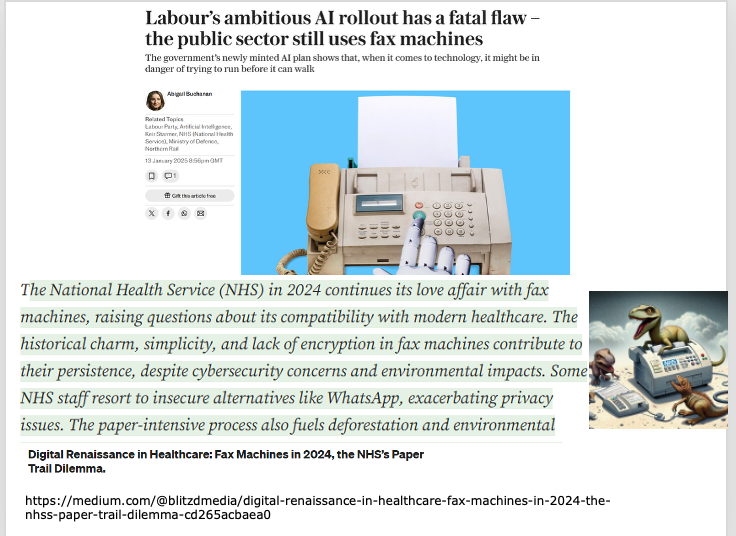
How did COVID-19 highlight problems with fax machines in health care?
Fax backlogs caused massive delays in processing test results, showing inefficiency and dependence on outdated tech.
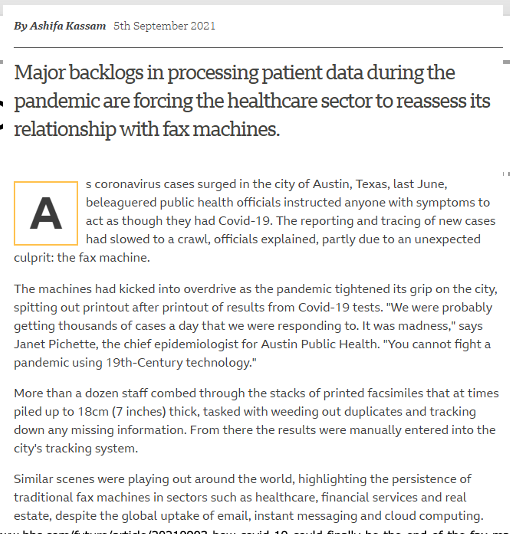
What is one solution hospitals are adopting to replace fax machines?
Direct electronic health record (EHR-to-EHR) communication, improving efficiency and data sharing between providers.
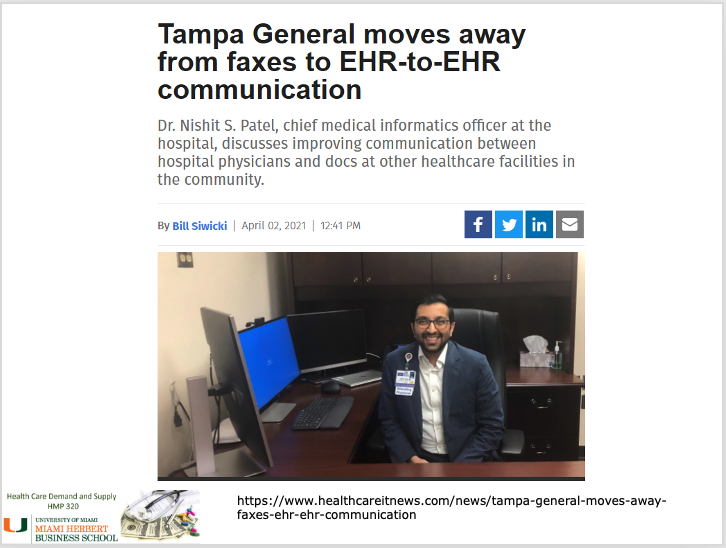
Why is health economics important and interesting?
Because health care is massive and costly ($4.9T in 2023), full of uncertainty and risk, and heavily financed by governments (e.g., $1.9T by Medicaid/Medicare)
What makes health different from other markets?
Health is uncertain (we can’t predict medical needs) and contagious (others’ choices, like vaccines, affect us)
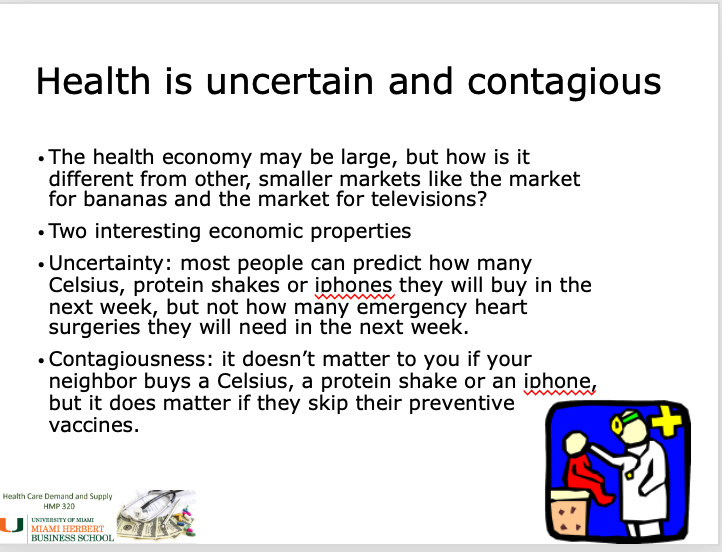
How does uncertainty drive insurance demand?
Because people are risk averse, unpredictable health events create demand for insurance, but this also causes adverse selection and moral hazard.
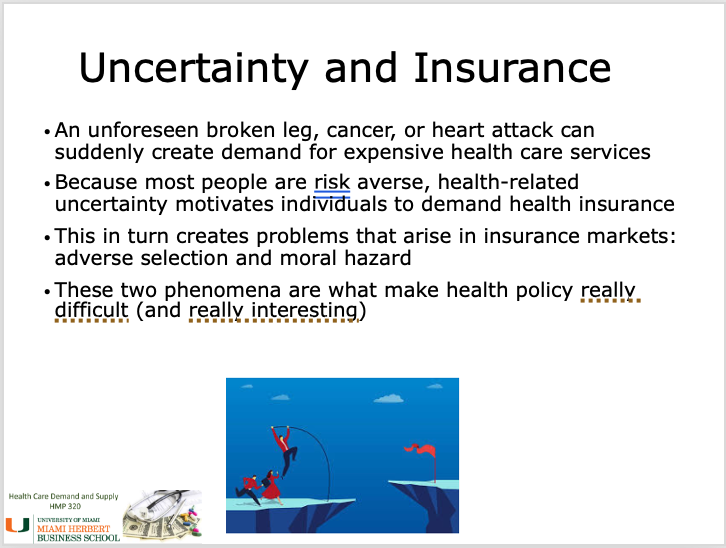
How do health choices create externalities?
Vaccination creates positive externalities (herd immunity), while risky behaviors (e.g., spreading COVID) create negative ones.
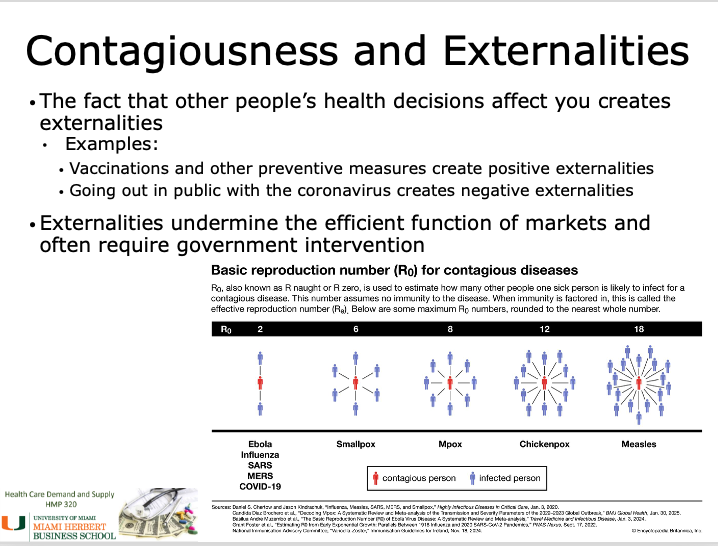
Why should people get vaccinated beyond protecting themselves?
Vaccination provides herd immunity, protecting vulnerable groups like babies, elderly, and immunocompromised.
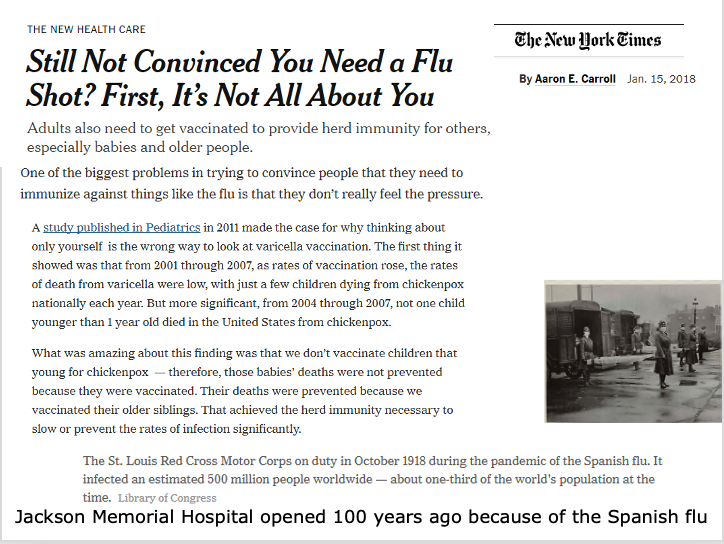
How are vaccines an example of a positive externality?
Childhood pneumococcal vaccination reduced invasive disease in unvaccinated older adults, showing spillover benefits. (ex. w grandparents)
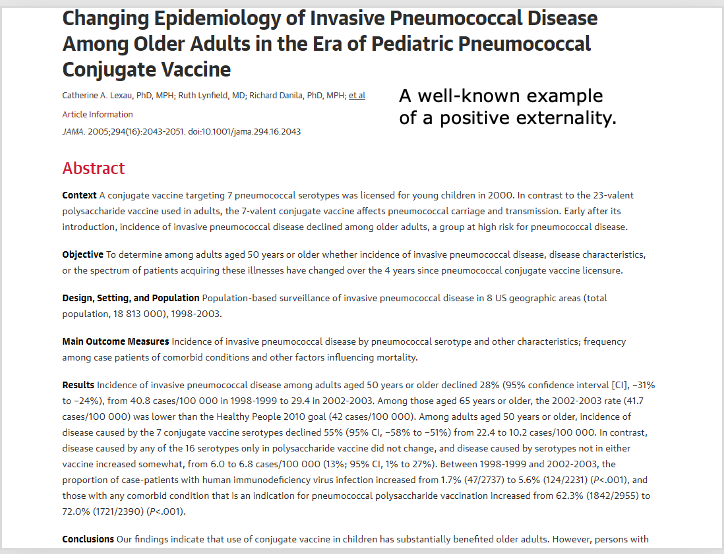
What is one of the only cost-saving interventions in health care?
Vaccines.
Why is health spending uncertain compared to other goods?
We don’t know when illness or death will occur.
Why is health economics tied to public finance?
Because governments fund large shares of health care — over half in the U.S. and even more in countries like the UK, Sweden, and Canada (and we still spend more)
How does U.S. health spending compare internationally?
The U.S. spends a much higher % of GDP on health care than comparable countries.
What is economics fundamentally about?
Economics is the science of choice under scarcity — deciding what to do, how to do it, and for whom.
scarcity
•Society’s wants/desires for goods and services exceed the productive capacity of the resources used to produce these goods and services
What is the fundamental theorem of exchange?
Trade makes both buyers and sellers better off, since both agree to exchange.
What is a perfectly competitive market?
A market with so many buyers and sellers that no individual can affect price (all are price takers)
Why is economics called the theory of choice?
Because choices involve trade-offs, and every choice has an opportunity cost (the value of the next best option forgone)
What is opportunity cost?
The cost of what you give up to get something — the best alternative forgone.
What does scarcity mean in healthcare?
Resources are limited, so not all needs and wants can be met
Why are supply and demand essential?
They determine prices and balance between buyers and sellers.
Why is health care valued so highly in economics?
Because health is so precious, people’s willingness to pay for it exceeds almost everything else.
Willingness to Pay

What determines whether an exchange occurs in health care?
Exchange occurs if willingness to pay > price.
What does the "production of health" mean?
It’s how inputs (care, lifestyle, environment, biology) contribute to health outcomes
What are examples of health production decisions?
Investing in prenatal care, allocating diabetes prevention resources, or screening for lung cancer
Do medical services contribute the most to health?
No—healthy behaviors, environment, and genetics matter more, even though most spending is on medical services
What do empirical studies say about health and mortality decline?
Declines in mortality are more due to living standards, behaviors, and tech than medical care.
When are medical innovations worth the cost?
When their health benefits exceed or justify their costs (e.g., heart attacks, infant care, cataracts)
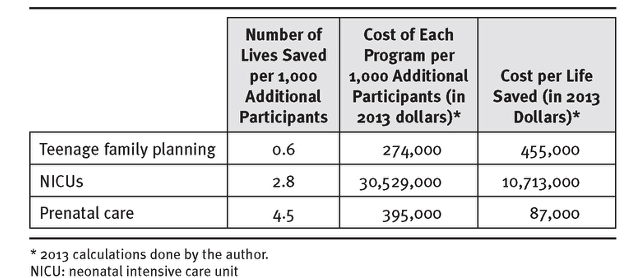
Which neonatal mortality program is most cost-effective?
Prenatal care (lower cost per life saved vs NICUs or teen family planning).
Why does U.S. health care cost so much?
High prices, strong value placed on health, quality > quantity, and most spending occurs after illness (ex-post)
What current factors are raising U.S. health costs?
AI provider tools, GLP-1 drugs, and cancer care.
What are the key trends in U.S. health care spending?
U.S. health spending keeps rising (reaching $4.9T in 2023, ~18% of GDP), hospitals are the largest cost driver, government is the biggest funder, and “cost-shifting” distorts how charges and payments are recorded.
Who pays for most U.S. health care?
Health insurance (73%), split between private insurance, Medicare, and Medicaid.
What are the largest spending categories in U.S. health care?
Hospital care (31%) and physician services (20%)
What happened to U.S. health spending (NHE) as a share of GDP during recessions and in 2020?
NHE/GDP spikes during recessions (and especially in 2020 when GDP dropped sharply), showing health spending grows faster than the economy.
How concentrated is U.S. health care spending among the population?
A small share of people account for most spending — the top 5% spend ~50%, and the top 1% spend ~20%
Did the concentration of health spending change from 2018 to 2019?
No, it stayed consistent — the top 5% still drove about half of all health expenditures.
What is the difference in annual health care spending between the top 1% and the bottom 50%?
The top 1% spent ~$130,000 per person, while the bottom 50% spent only ~$374.
Why is health spending considered “persistent”?
High spenders in one year often remain high spenders — e.g., ~74% of the top 50% stayed in that group the next year. (relatively- she said most likely to not be a consistent spender in healthcare)
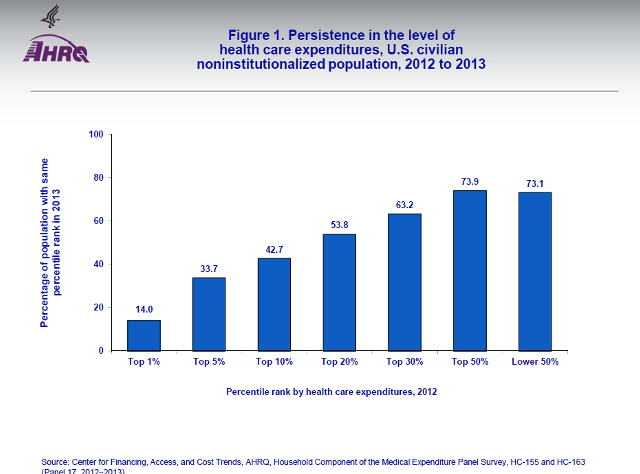
What does “marginal thinking” mean in economics?
It’s deciding based on the extra (marginal) cost or benefit of one more unit (time, dollar, service, etc.) - think “additional”
What is market failure in healthcare?
When markets don’t use resources efficiently (e.g., lack of access), requiring government action to fix inefficiencies
What’s the difference between positive and normative economics?
Positive = “what is” (facts/research); Normative = “what should be” (value judgments).
What role do incentives play in healthcare economics?
Incentives (financial or non-financial) strongly influence behavior, like paying people to get vaccinated
In what ways is health care similar to other markets?
Consumers make decentralized choices, and providers respond to financial and non-financial incentives.
What makes healthcare markets unique?
Health insurance (moral hazard/adverse selection), externalities (health, financial, public goods), and asymmetric information.
What’s the difference between moral hazard and adverse selection?
Moral hazard = people use more services when insured; Adverse selection = higher-risk people are more likely to buy insurance.
What are externalities and asymmetric information?
Externalities = side effects on outsiders (e.g., pollution, vaccines); Asymmetric info = one side knows more than the other (e.g., doctors vs. patients)
How is the U.S. health care market unique?
Patients often pay out-of-pocket for basic care, unlike other developed countries where basic care is nearly always free or covered
How do U.S. health care markets differ from competitive markets
They have less consumer info, uncertain costs, employer-based insurance, and private market issues like moral hazard, adverse selection, and monopolistic firms.
What are key pitfalls to avoid in economics?
Always check assumptions (“ceteris paribus”), remember association ≠ causation, and watch for unintended consequences.
What’s the difference between association and causation?
Association = two things move together; causation = one thing directly makes the other happen
Why does JAMA love “associations”?
Medical studies often find links (associations), but proving true causation is harder
Why did ductal carcinoma in situ (DCIS) diagnoses rise 800% since 1980?
More mammograms → more detection, not necessarily more cancer cases.
What are unintended consequences in health policy?
Policies (like lockdowns or AI in health care) can create unexpected side effects that may worsen other problems.
What are the main takeaways about health economics?
Health care is huge, risky, and government-funded; economics is about choices under scarcity; externalities often need intervention.
What does demand for goods and services assume about consumers?
That they attempt to maximize their utility (satisfaction/benefits they derive from their choices)
What limits consumer demand?
Budget constraints (scarce resources): income, prices of goods/services, and time.
What are the two main assumptions about consumers in demand theory?
They are rational (weighing costs vs. benefits).
They have information about marginal costs and benefits.
are not always fulfilled!
What is the margin in economics?
The difference between the options in a choice being made
How are decisions made at the margin?
Each decision should yield more benefit than cost.
What is marginal benefit?
The extra satisfaction or utility from consuming one more unit.
What is marginal cost?
The extra cost of producing or buying one more unit.
What choices make up demand?
Buyers’ choices make demand; sellers’ choices make supply.
What is latent demand?
Wanting to buy but not buying until price falls enough.
What does the demand curve show?
How many people are willing to buy at different prices.
What do trades create?
Consumer surplus on the demand side, profit on the supply side.
What three things must be true for a person to demand something?
They want it, can afford it, have made a plan to buy it
What are “wants”?
Unlimited desires people have for goods and services.
What is “quantity demanded”?
The amount consumers plan to buy at a given price during a time period.
Why is the demand curve like a marginal benefit curve?
Each price reflects the maximum a consumer is willing to pay for one more unit
What does the law of demand state?
As price decreases, quantity demanded increases.
Why are demand curves downward sloping?
Because price and quantity demanded are inversely related.
What does the downward slope represent?
Declining marginal benefit for each additional unit purchased.
Along the demand curve, what trade-off does the consumer make?
Marginal benefit of another unit vs. marginal cost (price).
Why do some consumers enter the market as price falls?
Lower prices make products affordable to those who previously couldn’t buy.
Why might higher prices reduce consumption?
The marginal cost exceeds the consumer’s marginal benefit.
At what point does consumption balance?
When marginal benefit equals marginal cost.
Why is water, essential for life, cheaper than diamonds?
Water is abundant, so its marginal benefit decreases with each unit.
Why are diamonds expensive?
Diamonds are scarce and have high marginal benefit at each unit
What distinction does this paradox highlight?
Total benefits vs. marginal benefits
What is consumer surplus?
The difference between what a consumer is willing to pay and what they actually pay (area between demand curve and price)
What does the artificial heart demand curve show about marginal benefit?
As more hearts are added, the price (marginal benefit) consumers are willing to pay decreases → explains downward-sloping demand
How does price affect demand?
Price only affects quantity demanded (movement along the same demand curve)
what factors affect demand?
•The price of the good (affects quantity demanded)
•The prices of related goods
•Household income
•Health capital
•Family size and composition
•Tastes and preferences
•Expectations
What’s the difference between demand and need?
Demand = willingness + ability to pay (observed in markets). Need = subjective idea of what someone thinks they require, ignoring prices/incomes
Why is demand for medical care unpredictable?
Illness is uncertain, and doctors/patients focus on “need,” leading to over- or under-use of resources
Why can’t you directly buy “health”?
Health is influenced by illness, genetics, demographics, and behaviors—medical care is demanded because people want health, not for its own sake.
What’s the takeaway from the Apollo case?
Forecasting demand ensures efficiency by preventing waste and keeping costs under control
Why is the demand for medical care considered “derived demand”?
Because people don’t want medical care for its own sake—they demand it to achieve better health. This demand is influenced by illness, genetics, demographics, and economics, but health itself cannot be bought directly
Factors that cause a demand curve to a shift
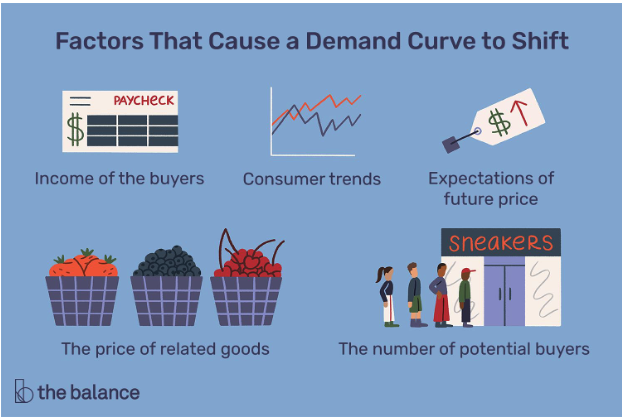
What happens to demand if the price of a substitute good increases? What about a complement?
If the price of a substitute increases, demand for the other good increases. If the price of a complement increases, demand for the other good decreases
What is a change (shift) in demand, and what causes it?
A change in demand occurs when factors other than price (like income, preferences, or related goods) change. Demand shifts right if demand increases and left if it decreases.
What happens to demand for chiropractic services if their price decreases?
The quantity demanded for chiropractic services increases (movement along the demand curve).
How does a decrease in the price of chiropractic care affect demand for physician office visits?
It decreases demand for physician visits (shifts demand curve left), because chiropractors and physicians are substitutes.
What happens to demand for diagnostic tests if their price decreases?
The quantity demanded for diagnostic tests increases (movement along the demand curve)